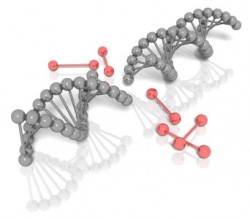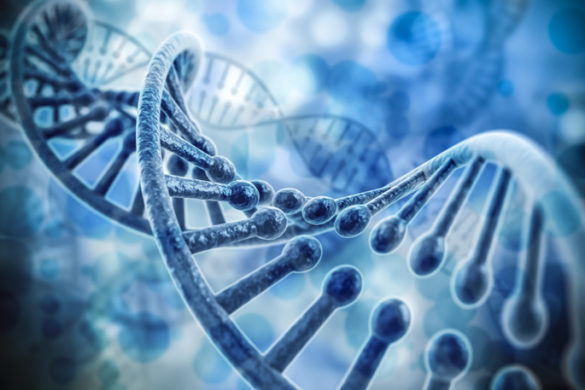When the double-stranded “rope” of DNA is unwound to be copied, it can become knotted or tangled. The enzyme topoisomerase II detangles DNA by cutting both strands, removing the tangles, and stitching the DNA back together. Because breaks in the DNA can lead to genetic mutations and cell death, topoisomerase II is a target of anti-cancer therapeutics, but the regulation of its DNA cutting activity is not well understood.

Neil Osheroff, professor of biochemistry, and colleagues utilized single-molecule fluorescence methods to study the individual steps of the topoisomerase II-mediated DNA cleavage reaction. They report in the Feb. 21 Proceedings of the National Academy of Sciences that the reaction proceeds through three ordered steps: nonspecific DNA binding, sequence-specific DNA bending, and DNA cleavage. They found that magnesium ions have roles in the DNA bending, and that cleavage of one DNA strand stabilizes bending and cleavage of the other strand.
The findings highlight the tight control of DNA cleavage to protect the genome and may provide leads for developing better chemotherapeutic agents.
This research was supported by Creative Research Initiatives, the National Research Foundation of Korea and the National Institute of General Medical Sciences of the National Institutes of Health.














